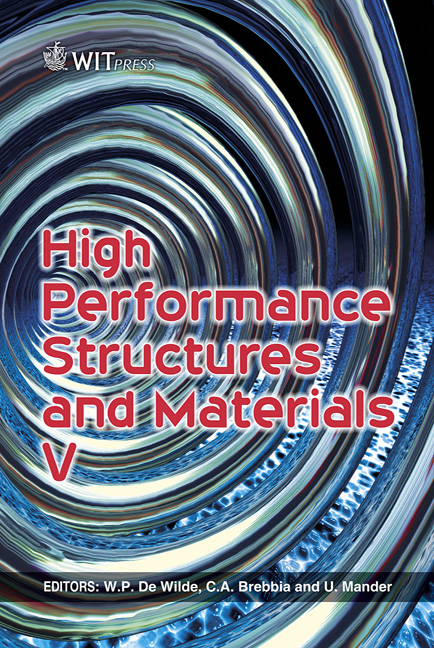Effect Of Plasma Treatment On Lyocell Fabric/PLA
Price
Free (open access)
Transaction
Volume
112
Pages
7
Page Range
271 - 277
Published
2010
Size
1,488 kb
Paper DOI
10.2495/HPSM100251
Copyright
WIT Press
Author(s)
B. S. Kim, M. M. Kim, J. R. Ha, M. K. Um & B. H. Chun
Abstract
Atmospheric glow discharge (AGD) was developed with industrial plasma sources by using high voltage radio frequency (RF) excitation at KHz frequency ranges. It is possible to produce a steady-state uniform glow discharge at atmospheric pressure with various gases, thus eliminating the requirement of a vacuum system to expose the materials to plasma. The RF frequency should be set in the limited range to produce AGD: if it is too low, the discharge will not initiate and if it is too high, the plasma will either form a filamentary discharge between the electrode plates or it will be transformed to arc discharge. The advantage of AGD is to modify or coat the materials with good uniformity and making use of the AGD surface modification process, a strong interfacial adhesion can be formed between the constituents and the matrix material. Hence, AGD polymerization may be used to modify the surface properties of Lyocell fabric (Acetate Taffeta) and Poly Lactic Acid (PLA) matrix. In the AGD process, Helium is used as a carrier gas and the monomer (Acrylic Acid) is used to modify the fibre surface property by plasma polymerization. The reactor is operated at room temperature while the surface is modified at atmospheric pressure. Peel and tensile strength test, and characterizations by SEM were carried out for Lyocell fabric/PLA. Compared to raw fabric, plasma and Silane treatments have improved the tensile strength at a maximum of 30.4 and 27.4%, respectively. Keywords: Lyocell, Poly Lactic Acid, atmospheric glow discharge, Silane.
Keywords
Lyocell, Poly Lactic Acid, atmospheric glow discharge, Silane





